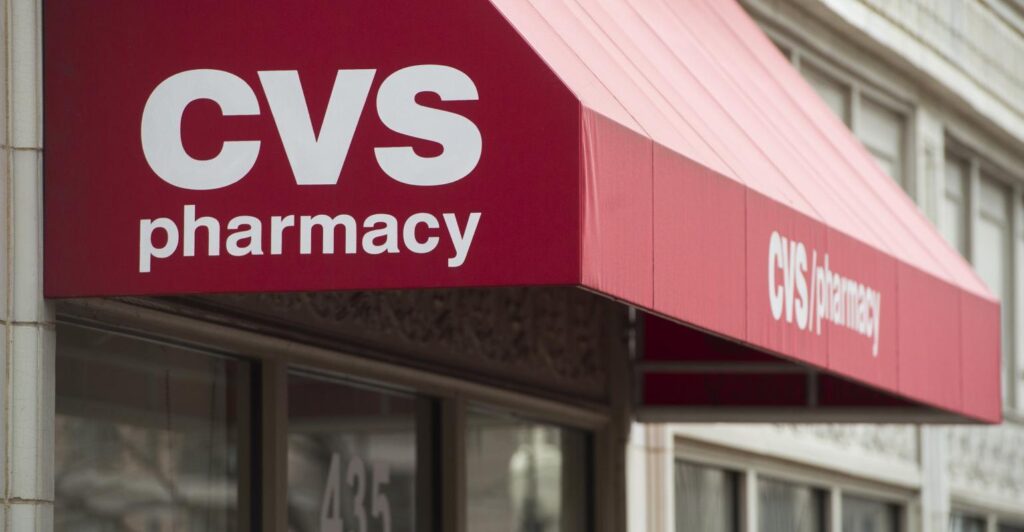CVS Health reported better-than-expected earnings for the fourth quarter and full fiscal year on Wednesday, but the company lowered its profit outlook for the year, citing higher medical costs in its insurance business.
The profitability of the company’s pharmacy segment is expected to continue to grow in the year ahead, however. Adjusted operating income in the retail pharmacy business totaled about $2 billion, an increase of nearly 10% vs. a year ago, driven by improved drug purchasing, increased contributions from vaccinations, increased prescription volume, and lower operating expenses. These increases were partially offset by continued pharmacy reimbursement pressure, the company said.
Same-store pharmacy sales were up 15.5% in the fourth quarter and 13.6% for the full year, and same-store prescription volumes increased 4.4% in the fourth quarter and 3.9% for the year. Front-of-store same-store sales slipped 3.1% for the fourth quarter, however, and were basically flat at 0.3% positive for the full year.
CVS said the strong performance in pharmacy toward the end of 2023 has led it to increase its projected adjusted operating income for the segment by about $90 million in the current year, to at least $5.6 billion.
CostVantage rollout underway
In December, the retailer unveiled its new CVS CostVantage pricing model, which the company said seeks to address the pressures from reimbursement by making prescription costs more transparent. The program would use a formula based on the cost of the drug, a set markup, and a fee that reflects the value of pharmacy services.
The company has “made notable progress” on the initiative and has entered discussions with several pharmacy benefit managers about the new pricing structure, said Karen Lynch, president and CEO of CVS Health, in the year-end conference call with investors.
“CVS CostVantage is a dramatic change to the current reimbursement model and will provide a clear pathway to greater transparency, while passing along our industry-leading cost of goods improvements,” she said.
The company has already reached preliminary agreements with multiple cash discount card administrators to begin using CVS CostVantage on April 1, Lynch added.
She also said the company was pleased with its ongoing store-closure effort. It has thus far closed 630 locations and is on track to close 900 by the end of this year.
“We’ve been making good progress on our store closures, and we’ve been retaining scripts and retaining colleagues,” said Lynch.
Revenues in the pharmacy and consumer wellness segment were up 8.6% for the fourth quarter, which ended Dec. 31, to about $31.2 billion. For the full fiscal year, revenues were up 7.5%, to $116.8 billion.
Overall, CVS Health, which also includes the company’s insurance and PBM businesses, reported a 12.2% decline in net income for the quarter, to just over $2 billion, on an 11.9% increase in revenues, to about $93.8 billion. For the year, net income rose 93.4%, to nearly $8.4 billion, on a 10.9% gain in revenues, to $357.8 billion.
The company lowered its profit outlook for the year to reflect anticipated ongoing increases in medical costs for its insurance business. Revised adjusted earnings per share are projected to be at least $8.30, down from previous guidance of at least $8.50. Cash flow from operations is now expected to be at least $12 billion, down from previous estimates of $12.5 billion.


